
The One
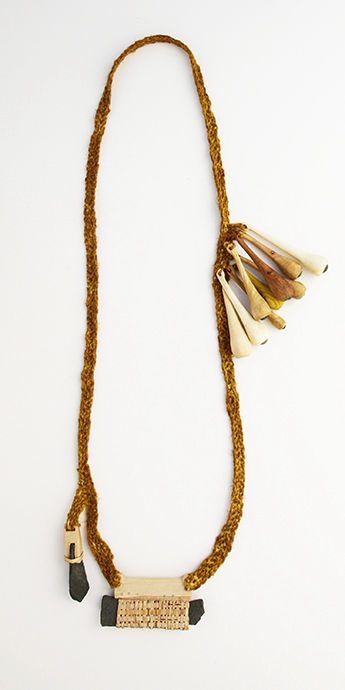
This Place
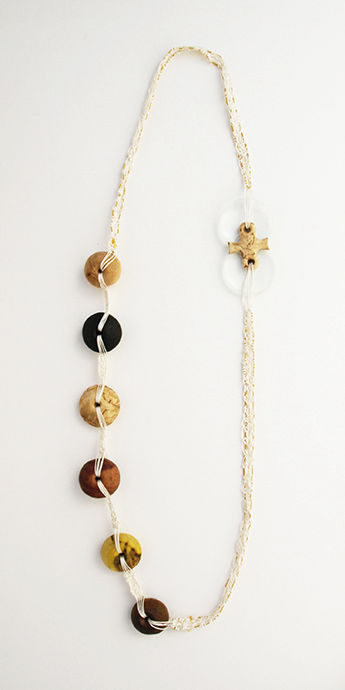
This Moment
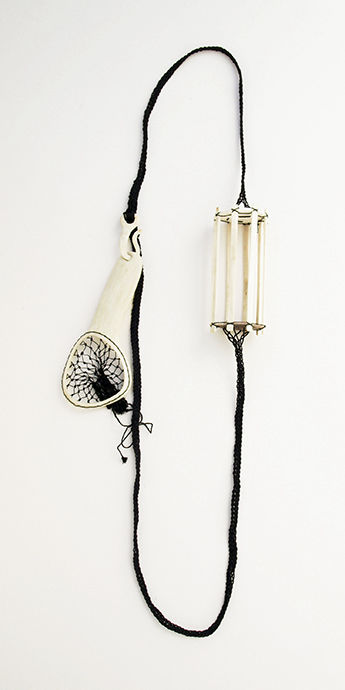
Capturer
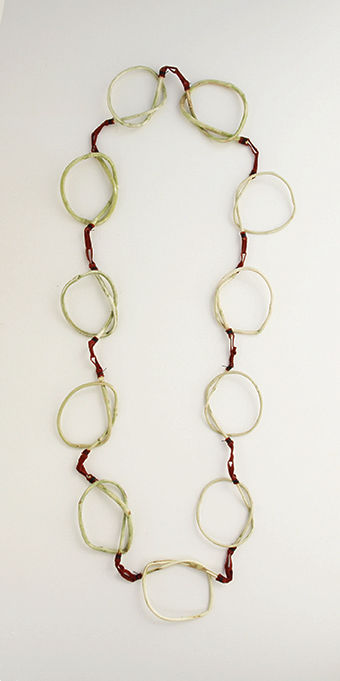
Preventer

The article with images is also published as an offprint. See more Publications






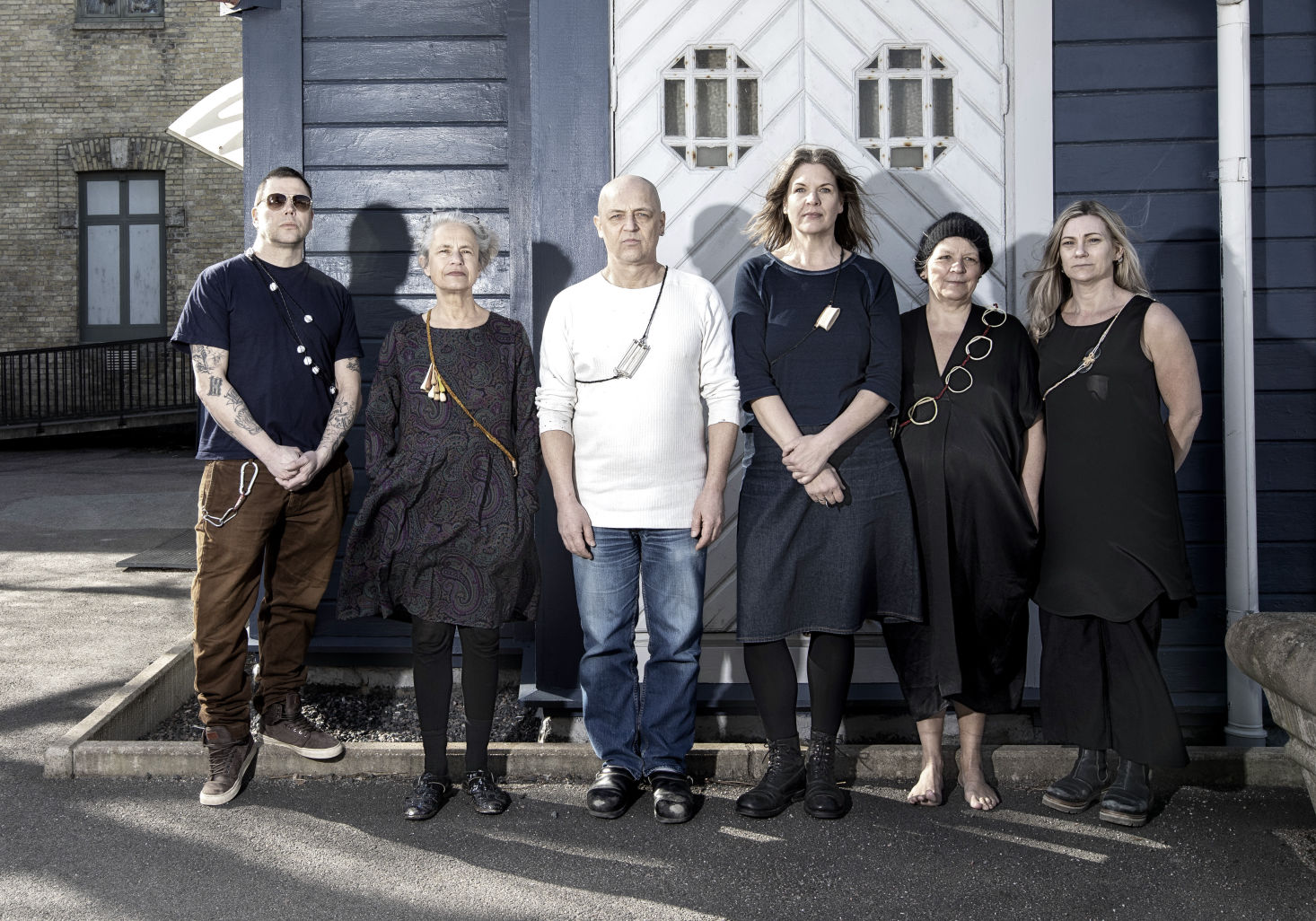
Pieces from A Sense of Awe and Wonder worn by colleagues from my art community Konstepidemin in Göteborg.
Web page was made with Mobirise